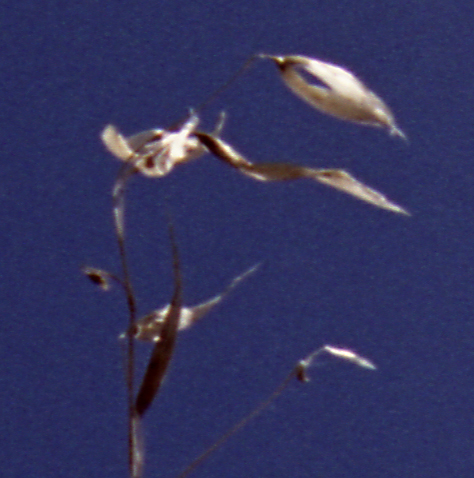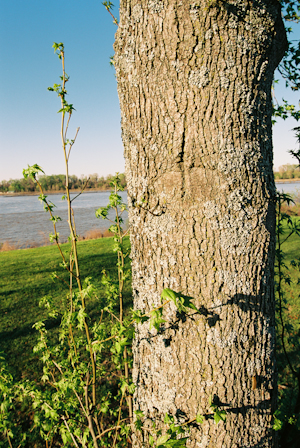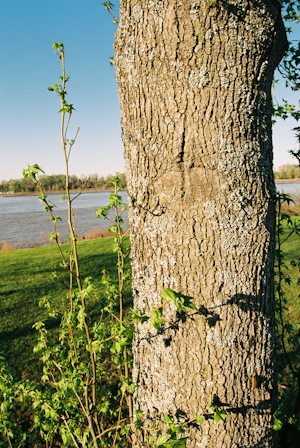sportback
Member
While this is a general question, it relates to scanners - however, if it's in the wrong place, my apologies in advance.
I'm a relative 'newbie' when it comes to scanning, and I seem to remember hearing that better results are possible scanning transparency films than colour negatives. I'm fairly happy with the results from scanning Fuji Pro and Kodak Portra but I feel I could get better results.
What are your experiences scanning colour transparency film please?
I'm a relative 'newbie' when it comes to scanning, and I seem to remember hearing that better results are possible scanning transparency films than colour negatives. I'm fairly happy with the results from scanning Fuji Pro and Kodak Portra but I feel I could get better results.
What are your experiences scanning colour transparency film please?









